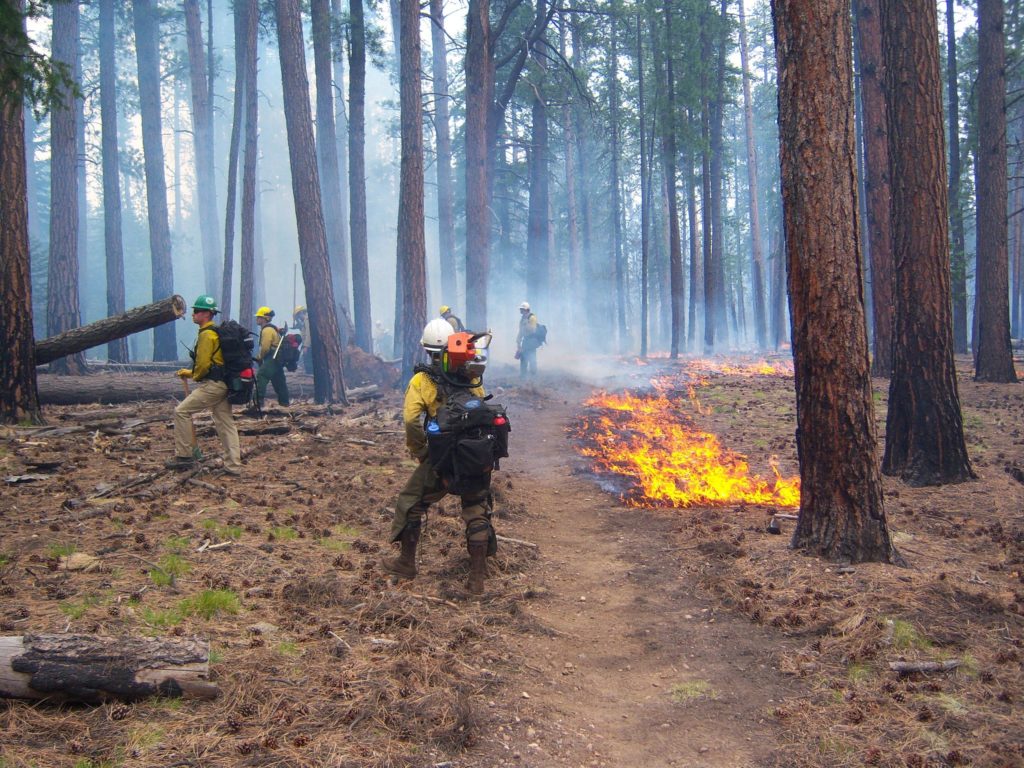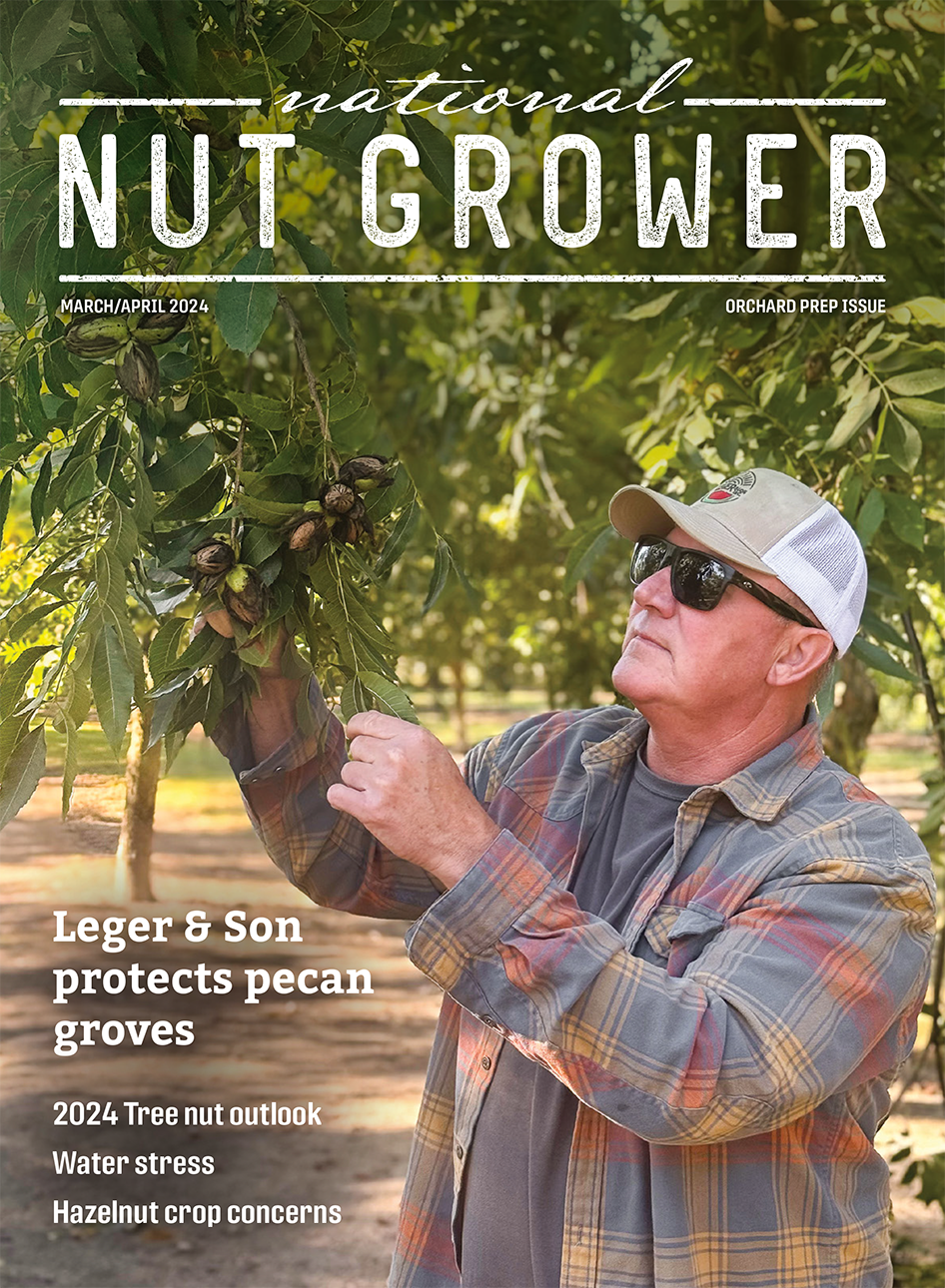
Jan 18, 2022Wildfire crisis addressed with comprehensive 10-year plan
Agriculture Secretary Tom Vilsack and Forest Service Chief Randy Moore launched Jan. 18 a comprehensive response to the nation’s growing wildfire crisis – “Confronting the Wildfire Crisis: A Strategy for Protecting Communities and Improving Resilience in America’s Forests.”
The strategy outlines the need to significantly increase fuels and forest health treatments to address the escalating crisis of wildfire danger that threatens millions of acres and numerous communities across the United States.
The Forest Service will work with other federal agencies, including the Department of the Interior, and with Tribes, states, local communities, private landowners, and other partners to focus fuels and forest health treatments more strategically and at the scale of the problem, based on the best available science.
The strategy highlights new research on what Forest Service scientists identified as high risk “firesheds” – large, forested landscapes with a high likelihood that an ignition could expose homes, communities, infrastructure and natural resources to wildfire. Firesheds, typically about 250,000 acres in size, are mapped to match the scale of community exposure to wildfire.
The Forest Service will use this risk-based information to engage with partners and create shared priorities for landscape scale work, to equitably and meaningfully change the trajectory of risk for people, communities and natural resources, including areas important for water, carbon and wildlife.
The groundwork in this new strategy will begin in areas identified as being at the highest risk, based on community exposure. Additional high risk areas for water and other values are being identified. Some of the highest risk areas based on community exposure include the Pacific Northwest, the Sierra Nevada Range in California, the front range in Colorado, and the Southwest.
The strategy calls for the Forest Service to treat up to an additional 20 million acres on national forests and grasslands and support treatment of up to an additional 30 million acres of other federal, state, Tribal, private and family lands. Fuels and forest health treatments, including the use of prescribed fire and thinning to reduce hazardous fuels, will be complemented by investments in fire-adapted communities and work to address post-fire risks, recovery and reforestation.
The Bipartisan Infrastructure Law provides nearly $3 billion to reduce hazardous fuels and restore America’s forests and grasslands, along with investments in fire-adapted communities and post fire reforestation. Funds will be used to begin implementing this critical work.
In 2020, 2017, and 2015, more than 10 million acres burned nationwide, an area more than six times the size of Delaware. In the past 20 years, many states have had record catastrophic wildfires, harming people, communities and natural resources and causing billions of dollars in damage. In 2020, Coloradans saw all three of their largest fires on record. The running 5-year average number of structures destroyed by wildfires each year rose from 2,873 in 2014 to 12,255 in 2020 – a fourfold increase in just six years.
“The negative impacts of today’s largest wildfires far outpace the scale of efforts to protect homes, communities and natural resources,” Vilsack said in a news release. “Our experts expect the trend will only worsen with the effects of a changing climate, so working together toward common goals across boundaries and jurisdictions is essential to the future of these landscapes and the people who live there.”
“We already have the tools, the knowledge and the partnerships in place to begin this work in many of our national forests and grasslands, and now we have funding that will allow us to build on the research and the lessons learned to address this wildfire crisis facing many of our communities,” said Moore. “We want to thank Congress, the President and the American people for entrusting us to do this important work.”
The Forest Service remains committed to sustaining the health, diversity and productivity of all of America’s forests. Visit the Forest Service website to read the full strategy document. If you would like to partner with the Forest Service, visit the National Partnership Office website at www.fs.usda.gov/working-with-
Photo: USDA







